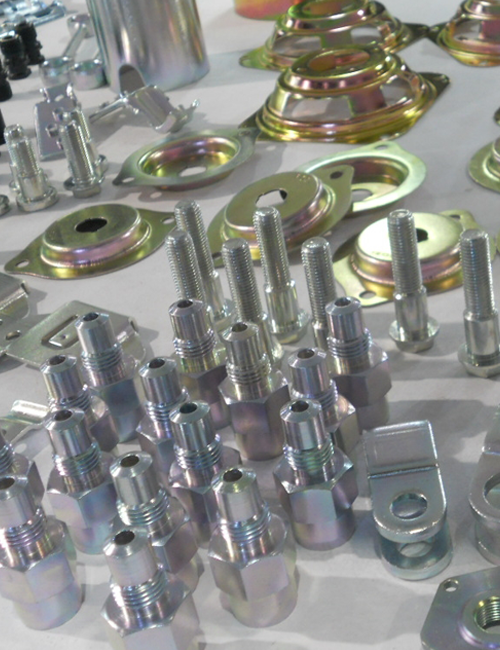
Alkaline zinc plating solution is considered to be the best zinc plating process nowadays and not only because it eliminates cyanide but mainly because the throwing power is great. The metal distribution is fantastic. You can get almost an even distribution of deposit thickness even on a geometrically complicated part. We provide alkaline zinc plating in both rack and barrel types. We have 4 Alkaline Baths with a capacity of 1000 Litres and Barrel Bath with 30 Kg Capacity.



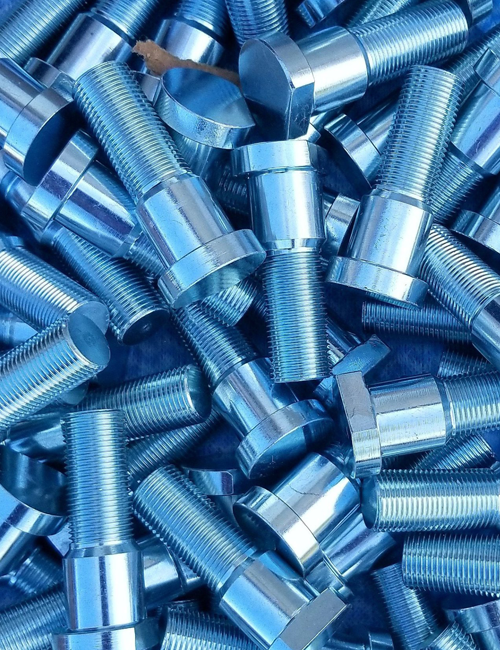
Acid zinc electroplating is one of the most essential methods that are used for electroplating. It’s a very cost – effective process and is mostly used to offer a protective coating to metallic substances like as fasteners, bolts, nuts, automotive parts and fasteners and various other hardware items.
The process of zinc plating process is categorized into five steps which includes the cleaning of the substance, activation or pickling, electroplating, passivation and drying the completed product.
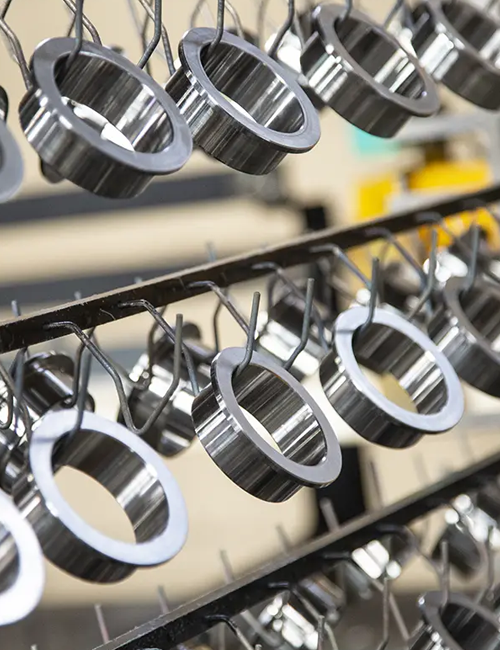
Electroless Nickel Plating (ENP) is the deposit of a nickel-alloy coating by chemical reduction – without the electric current that's used in electroplating processes. The majority of ENP for engineering purposes is a nickel phosphorus deposit containing 2 to 14% phosphorus.
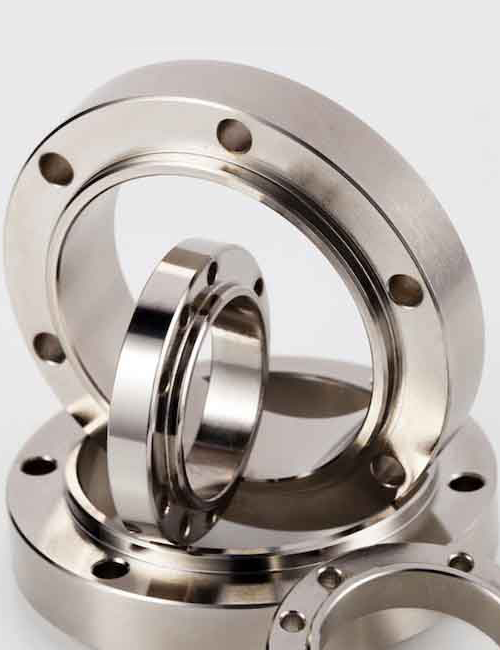
Bright nickel electroplating is a type of nickel plating that is popular and widely used for decorative applications as well as engineering applications. From bathroom taps to nuts and bolts, bright nickel coating has great resistance to corrosion and can be applied quickly.
Bright nickel plating and coating produce a fully bright, highly leveled, ductile nickel deposit that can be applied to ferrous and non-ferrous metals. It has an appearance like that of stainless steel. Bright nickel finish can be used on steel for a bright, clean finish, and is commonly used in industries as nickel-plated brass.
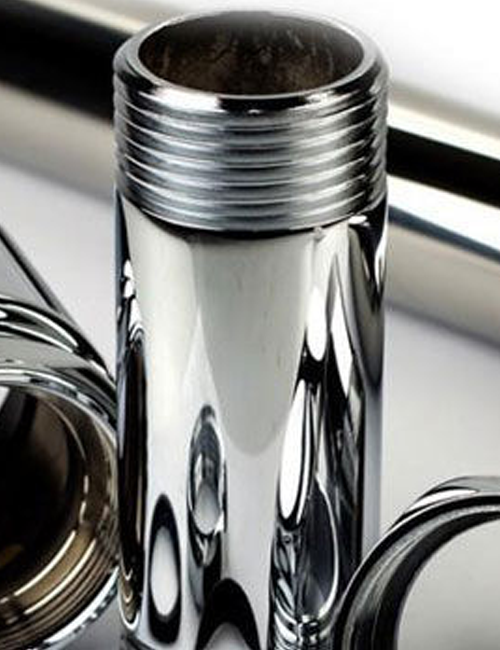
Hard chrome plating is an electroplating process that involves applying a layer of chromium to a surface by submerging it in a chromic acid solution. Hard chrome plating can increase the durability, hardness, wear resistance and corrosion resistance of metal components for more effective use in machinery and equipment.
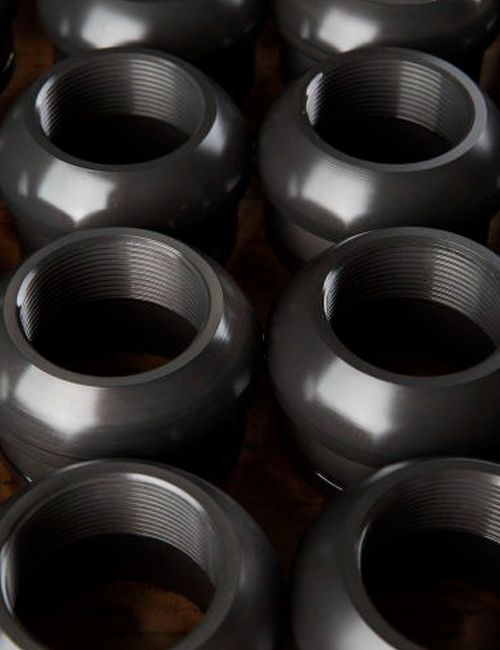
Phosphating is a chemical method of surface treatment in which a metallic surface reacts with an aqueous phosphate solution. This creates a hardly soluble conversion layer made of metal phosphates. For this purpose, the material is first cleaned with acid and then the phosphate layer is formed.
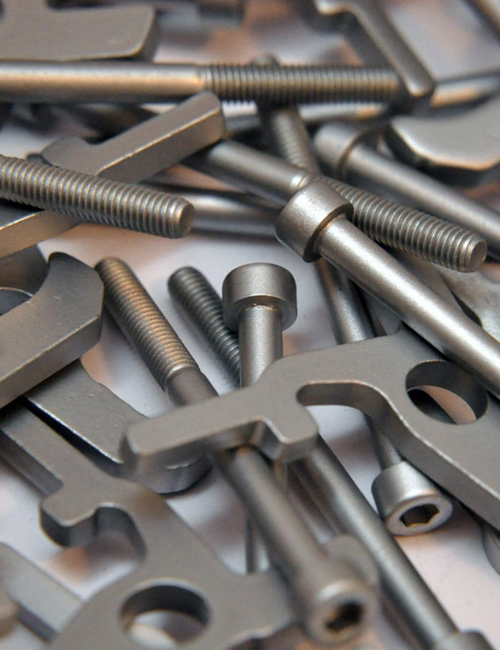
Zinc-flake coatings are resistant to extreme temperature variations and can be modified with variable coefficient of friction characteristics for established torque requirements. They are not susceptible to warm-loosening torque and are resistant to both acidic and basic chemicals
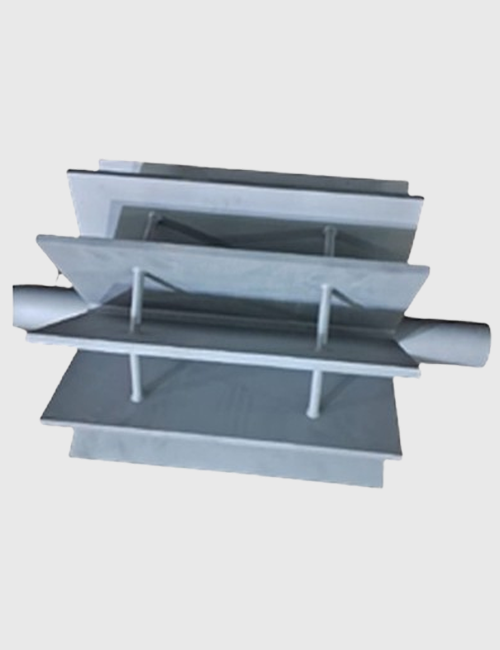
Blasting uses various materials to strip imperfections, paint, rust, and other contaminants from a surface. It's an important step in surface coating preparation, as it cleans a substrate and creates a surface that will hold a protective coating.
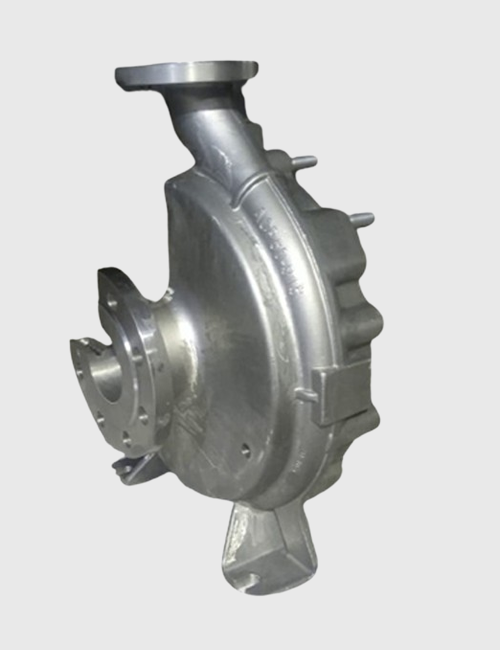
Both pickling and passivation are chemical treatments applied to the surface of stainless steel to remove contaminants and assist the formation of a continuous chromium-oxide, passive film. Pickling and passivation are both acid treatments and neither will remove grease or oil.